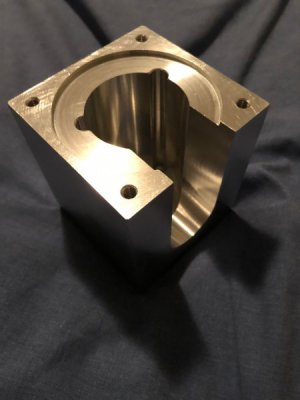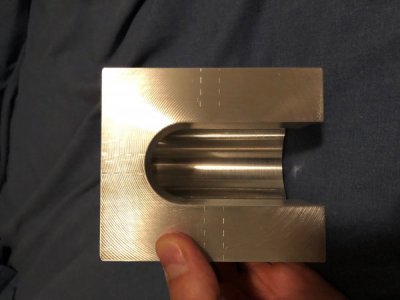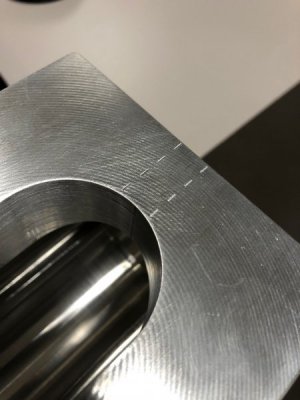- Joined
- Oct 21, 2014
- Messages
- 2,156
Yes there are gassing compounds you can use to help, and Mix of diff metal that helps, but most of that is more than just the normal backyard foundry person like me is doing.
I am now trying to stay with things that have been machined, and cast for my AL sources. And like SAVARIN said use plenty of WD40 or whatever to help keep it from sticking to the tools. From what I have done, once it starts sticking it takes a lot to get it cleaned up and not sticking again.
I am now trying to stay with things that have been machined, and cast for my AL sources. And like SAVARIN said use plenty of WD40 or whatever to help keep it from sticking to the tools. From what I have done, once it starts sticking it takes a lot to get it cleaned up and not sticking again.




